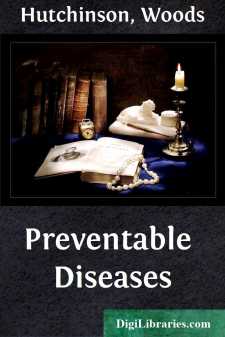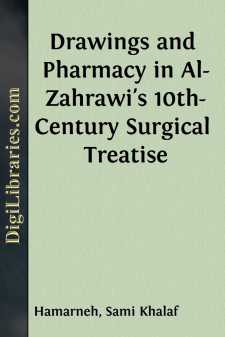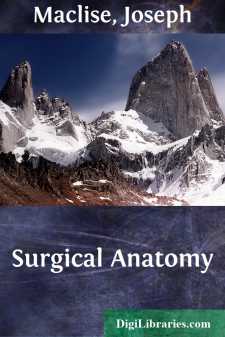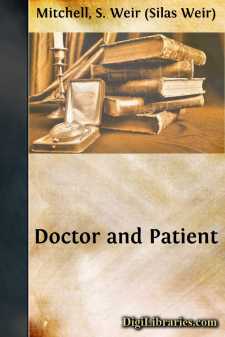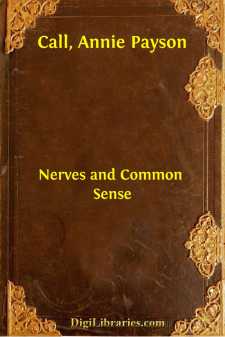Categories
- Antiques & Collectibles 13
- Architecture 36
- Art 48
- Bibles 22
- Biography & Autobiography 813
- Body, Mind & Spirit 142
- Business & Economics 28
- Children's Books 17
- Children's Fiction 14
- Computers 4
- Cooking 94
- Crafts & Hobbies 4
- Drama 346
- Education 46
- Family & Relationships 57
- Fiction 11829
- Games 19
- Gardening 17
- Health & Fitness 34
- History 1377
- House & Home 1
- Humor 147
- Juvenile Fiction 1873
- Juvenile Nonfiction 202
- Language Arts & Disciplines 88
- Law 16
- Literary Collections 686
- Literary Criticism 179
- Mathematics 13
- Medical 41
- Music 40
- Nature 179
- Non-Classifiable 1768
- Performing Arts 7
- Periodicals 1453
- Philosophy 64
- Photography 2
- Poetry 896
- Political Science 203
- Psychology 42
- Reference 154
- Religion 513
- Science 126
- Self-Help 84
- Social Science 81
- Sports & Recreation 34
- Study Aids 3
- Technology & Engineering 59
- Transportation 23
- Travel 463
- True Crime 29
Our website is made possible by displaying online advertisements to our visitors.
Please consider supporting us by disabling your ad blocker.
Bronchoscopy and Esophagoscopy A Manual of Peroral Endoscopy and Laryngeal Surgery
Description:
Excerpt
[17] CHAPTER I—INSTRUMENTARIUM
Direct laryngoscopy, bronchoscopy, esophagoscopy and gastroscopy are procedures in which the lower air and food passages are inspected and treated by the aid of electrically lighted tubes which serve as specula to manipulate obstructing tissues out of the way and to bring others into the line of direct vision. Illumination is supplied by a small tungsten-filamented, electric, "cold" lamp situated at the distal extremity of the instrument in a special groove which protects it from any possible injury during the introduction of instruments through the tube. The bronchi and the esophagus will not allow dilatation beyond their normal caliber; therefore, it is necessary to have tubes of the sizes to fit these passages at various developmental ages. Rupture or even over-distention of a bronchus or of the thoracic esophagus is almost invariably fatal. The armamentarium of the endoscopist must be complete, for it is rarely possible to substitute, or to improvise makeshifts, while the bronchoscope is in situ. Furthermore, the instruments must be of the proper model and well made; otherwise difficulties and dangers will attend attempts to see them.
Laryngoscopes.—The regular type of laryngoscope shown in Fig. I (A, B, C) is made in adult's, child's, and infant's sizes. The instruments have a removable slide on the top of the tubular portion of the speculum to allow the removal of the laryngoscope after the insertion of the bronchoscope through it. The infant size is made in two forms, one with, the other without a removable slide; with either form the larynx of an infant can be exposed in but a few seconds and a definite diagnosis made, without anesthesia, general or local; a thing possible by no other method. For operative work on the larynx of adults, such as the removal of benign growths, particularly when these are situated in the anterior portion of the larynx, a special tubular laryngoscope having a heart-shaped lumen and a beveled tip is used. With this instrument the anterior commissure is readily exposed, and because of this it is named the anterior commissure laryngoscope (Fig. 1, D). The tip of the anterior commissure laryngoscope can be used to expose either ventricle of the larynx by lifting the ventricular band, or it may be passed through the adult glottis for work in the subglottic region. This instrument may also be used as an esophageal speculum and as a pleuroscope. A side-slide laryngoscope, used with or without the slide, is occasionally useful.
Bronchoscopes.—The regular bronchoscope is a hollow brass tube slanted at its distal end, and having a handle at its proximal or ocular extremity. An auxiliary canal on its under surface contains the light carrier, the electric bulb of which is situated in a recess in the beveled distal end of the tube. Numerous perforations in the distal part of the tube allow air to enter from other bronchi when the tube-mouth is inserted into one whose aerating function may be impaired. The accessory tube on the upper surface of the bronchoscope ends within the lumen of the bronchoscope, and is used for the insufflation of oxygen or anesthetics, (Fig....



